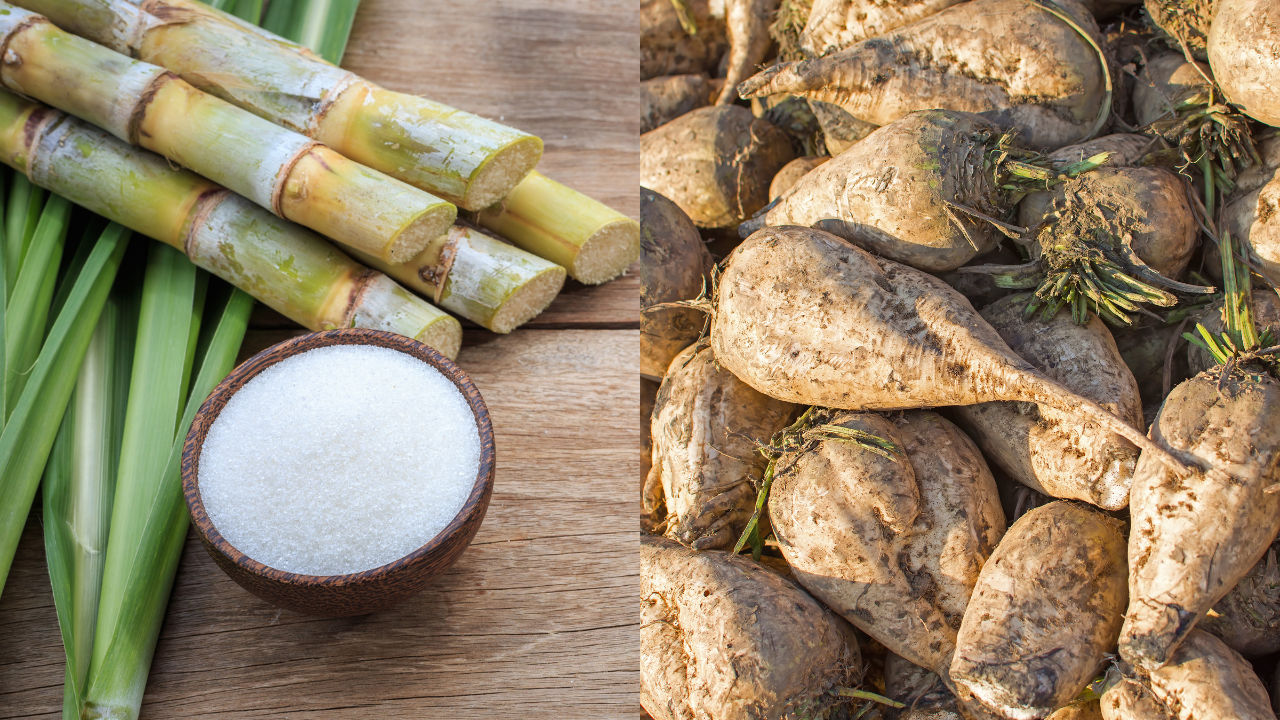Many people compare beet sugar vs cane sugar to understand their variations in flavor and granulation.
Many people compare beet sugar vs cane sugar to understand their variations in flavor and granulation.
Blog Article
Discover the Uses and Benefits of Beet Sugar Vs Cane Sugar in Your Daily Diet Plan
Exploring the distinct high qualities of beet and cane sugar discloses even more than just their sweetening abilities; it highlights their one-of-a-kind effect on health and wellness and cooking arts. Beet sugar, known for its subtle flavor, is often favored in fragile desserts, whereas cane sugar, with its tip of molasses, adds splendor to robust recipes. Each kind holds its own nutritional profile and glycemic implications, inviting a much deeper understanding of their roles in a well balanced diet and sustainable usage techniques.
Origin and Manufacturing Processes of Beet and Cane Sugar

The unique environments and soil kinds needed for expanding sugar beets and sugarcane add to distinctions in their growing practices and geographic circulation, influencing the economics and sustainability of their manufacturing. beet sugar vs cane sugar.
Nutritional Comparison In Between Beet Sugar and Cane Sugar
Despite stemming from various plants, beet sugar and cane sugar are nutritionally very comparable, both primarily containing sucrose. Each offers concerning 4 calories per gram, translating to about 16 calories per teaspoon. Structurally, both sugars are made up of about 99.95% sucrose, with minimal quantities of various other compounds like dampness and trace minerals, which do not significantly alter their dietary profiles.

Ultimately, when choosing in between beet sugar and cane sugar based upon nutritional material alone, both offer similar benefits and downsides as they are essentially kinds of the very same particle-- sucrose, supplying fast power without other nutrients.
Influence On Health: Glycemic Index and Caloric Material
Exploring further right into the results of beet sugar and cane sugar on health and wellness, it hop over to these guys is crucial to consider their glycemic index and caloric content. The glycemic index (GI) of both beet and cane sugar is around 65, categorizing them as high-GI foods, which can cause fast spikes in blood sugar levels.
Each type of sugar contains around 4 calories per gram, making their calorie material equivalent. For those keeping an eye on caloric intake, especially when taking care of weight or metabolic wellness conditions, understanding this equivalence is important (beet sugar vs cane sugar). Excessive consumption of any kind of high-calorie, high-GI food can add to wellness concerns such as excessive weight, heart illness, and insulin resistance.
Environmental and Economic Considerations of Sugar Production
Beyond health and wellness effects, the production of beet and cane sugar additionally elevates considerable environmental and financial concerns. Sugar beet growing often tends to require cooler environments and has a lower geographical footprint contrasted to sugar cane, which prospers in exotic regions.
In addition, the use of pesticides and fertilizers in both beet and cane sugar farming can lead to dirt deterioration and contamination, further impacting biodiversity and neighborhood water bodies (beet sugar vs cane sugar). The selection between growing sugar beet or cane usually depends upon neighborhood environmental conditions and economic elements, making the sustainability of see it here sugar production a complicated problem
Culinary Applications and Taste Distinctions
While the environmental and economic elements of sugar production are undoubtedly considerable, the selection in between beet and cane sugar likewise influences cooking applications and flavor accounts. Beet sugar, originated from the sugar beet plant, is known for Recommended Site its incredibly neutral taste. This makes it a flexible component in baking, where it does not alter the taste of other elements. It liquifies swiftly and is ideal for use in cakes, cookies, and pastries.
Cane sugar, extracted from sugarcane, often keeps molasses traces, which give an unique richness and deepness. The mild variation in wetness material in between beet and cane sugar can affect the texture and uniformity of recipes, making cane sugar a preferred option for certain dishes that benefit from its special buildings.

Verdict
In conclusion, both beet and cane sugar have distinct origins and production processes, supplying similar nutritional accounts with small distinctions in sodium web content and taste. While their influence on health and wellness, specifically concerning glycemic index and calories, is comparable, the selection in between them commonly boils down to environmental, financial elements, and details culinary requirements. Recognizing these aspects can direct consumers in making notified decisions that line up with their health goals and flavor preferences.
Report this page